At the heart of Integrative Humanistic Psychotherapy, the Five-Level Intervention Model emerges as a structured guide for the therapeutic process. Its purpose is to accompany each person on their path toward self-awareness and change, facilitating a connection with their emotional core.
This model integrates different dimensions of human experience—action, thought, and emotion—to create an effective therapeutic strategy that supports deep and lasting transformation.
The Five Levels of Intervention in Psychotherapy
1. Social Level: Behavior as a Starting Point
Behavior is the outward expression of our emotions and thoughts. Through the observation of gestures, posture, and habits, therapists can decode patterns and open the door to deeper work.
Practical example: Punctuality in sessions, facial expressions, or body language can reveal much about a patient’s inner state.
2. Thought Level: What We Tell Ourselves
Thought can be divided into:
🔹 Social thinking: How we process everyday information and make basic decisions.
🔹 Deep thinking: Core beliefs, values, internal rules, and perceptions that shape our behavior.
Therapeutic work at this level aims to reconstruct limiting thought patterns, allowing for greater cognitive flexibility.
3. Emotional Level: The Root of Change
Here we find basic and deep emotions that shape our identity.
-
Love-based emotions: Joy, empowerment, horizontal love.
-
Fear-based emotions: Sadness, anger, logical fear.
Therapy helps identify, validate, and transform these emotions, supporting emotional regulation and psychological well-being.
4. Existential Level: The Connection with Oneself
Beyond emotions and thoughts, each person develops a personal view of their own existence. Working at this level allows for the discovery of meaning, direction, and purpose—key aspects in any therapeutic process.
5. The Therapeutic Relationship: The Key to Change
The therapeutic bond is the core of the process. It is through trust, active listening, and presence that the client finds a safe space to explore their inner world.
Applying the Model in Clinical Practice
Example 1: Joel’s Transformation
🔹 Challenges: Social insecurity, avoidance of physical contact, and repressed emotions.
🔹 In-session work: Identification of limiting patterns, emotional regulation, and the development of new communication tools.
🔹 Results: Rediscovery of his ability to connect with others, improved self-esteem, and exploration of new ways of expression.
Example 2: Clementine’s Search for Stability
🔹 Challenges: Emotional instability, fear of commitment, and difficulty establishing routines.
🔹 In-session work: Reconstruction of her life script, integration of healthy habits, and strengthening of her identity.
🔹 Results: Greater inner peace, consistency in relationships, and a renewed appreciation for daily routines.
Core Principles of Change: Coherence and Congruence
For change to be sustainable, all levels of the model must be aligned: what we do, think, and feel should make sense and be in harmony.
-
The principle of coherence ensures that each level resonates with the previous one.
-
The principle of congruence seeks full alignment within the patient’s internal system.
Conclusion: A Journey of Self-Discovery
Psychotherapy is a path of exploration and transformation. Supporting someone through their therapeutic journey is not just about helping them change—it’s about offering the tools to understand, accept, and grow.
The five-level model not only structures the therapist’s work but also helps the client better understand themselves and move forward with clarity and intention.
Every journey is unique, but with the right guidance, the destination will always be well-being.
This is exactly what we explore in the self-discovery workshop.


